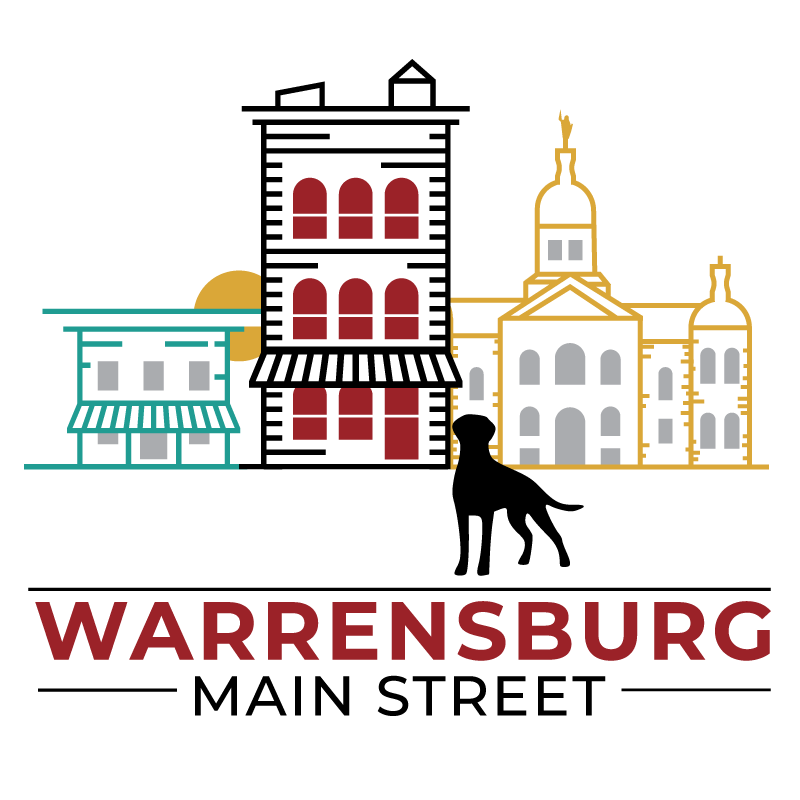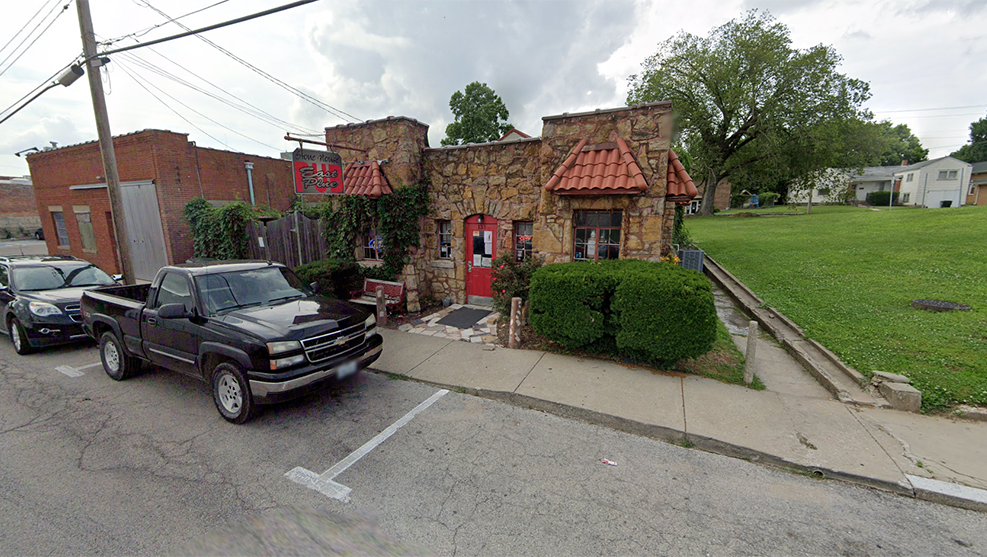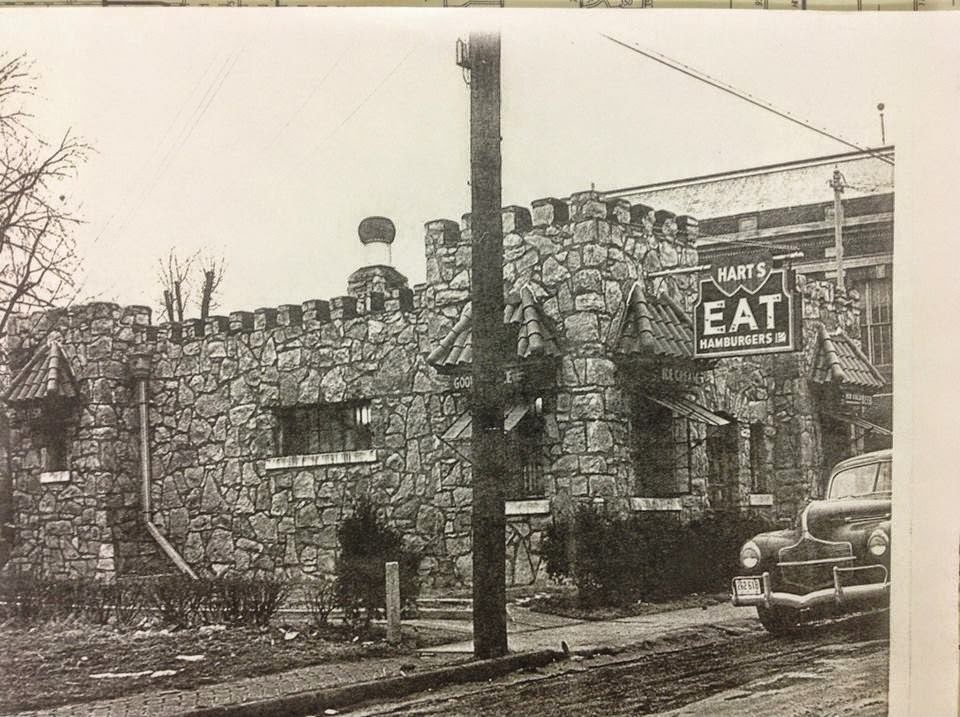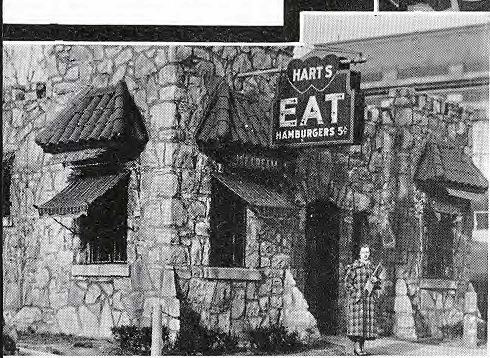In 1930, Ted and Elsie Hartshorn came to Warrensburg and opened Hart’s Hamburger Shop. Their niece, Lady Elsie Rinker, recalls that her parents ran a hamburger shop in Cameron, Mo. At that time, Ted (Theo) Hartshorn was a shoe salesman; he and Elsie had married in New Orleans and moved around the country. So he got the idea of opening a hamburger shop. He bought the shop owned by Doug Fryrear and Sam Burge at 129 East Pine.They named it Hart’s, for themselves, though sometimes it also appeared in advertising as “Harts” and the image of a double heart. On May 19, 1933 The Daily Star-Journal reported that the Hartshorns were building a new shop just west of the old post office. Harts opened their hamber shop in this location at 133 East Pine sometime in 1933 or 1934.
HISTORY
FUN FACTS
Soon teenagers and college pairs began to carve their initials and heart-shaped messages into the booths. You can still see some of these in the booth donated to the Johnson County Historical Society
The menu at Hart’s included, in addition to hamburgers, chili, hot tamales, sandwiches, and ice cream.
Ahead of their times, the Hartshorns also advertised curb service and free delivery by calling 145W.
ARCHITECTURE
Built in 1933, The architecture is unique in Warrensburg, as it is one of the only uncoursed rubble stone buildings. Portions of the present building may have been part of John Stone’s Livery and Boarding Stable before being repurposed in the 1920s. The building is “of Spanish castle style and of rock” with a tower at each corner. The shop was small at 20 by 30 feet, but there was room for four wooden booths that could seat 28 and a counter with stools. Even the hardware for the front door was heart-shaped.





